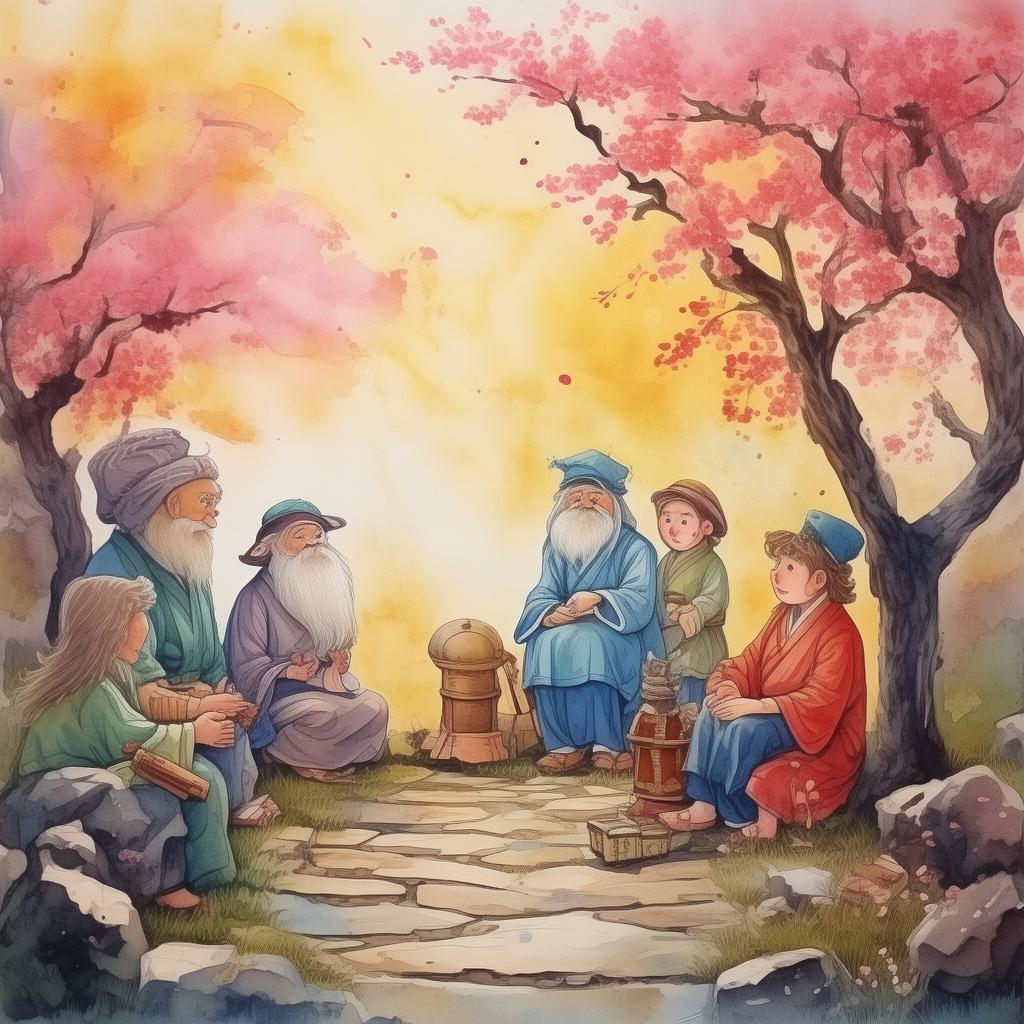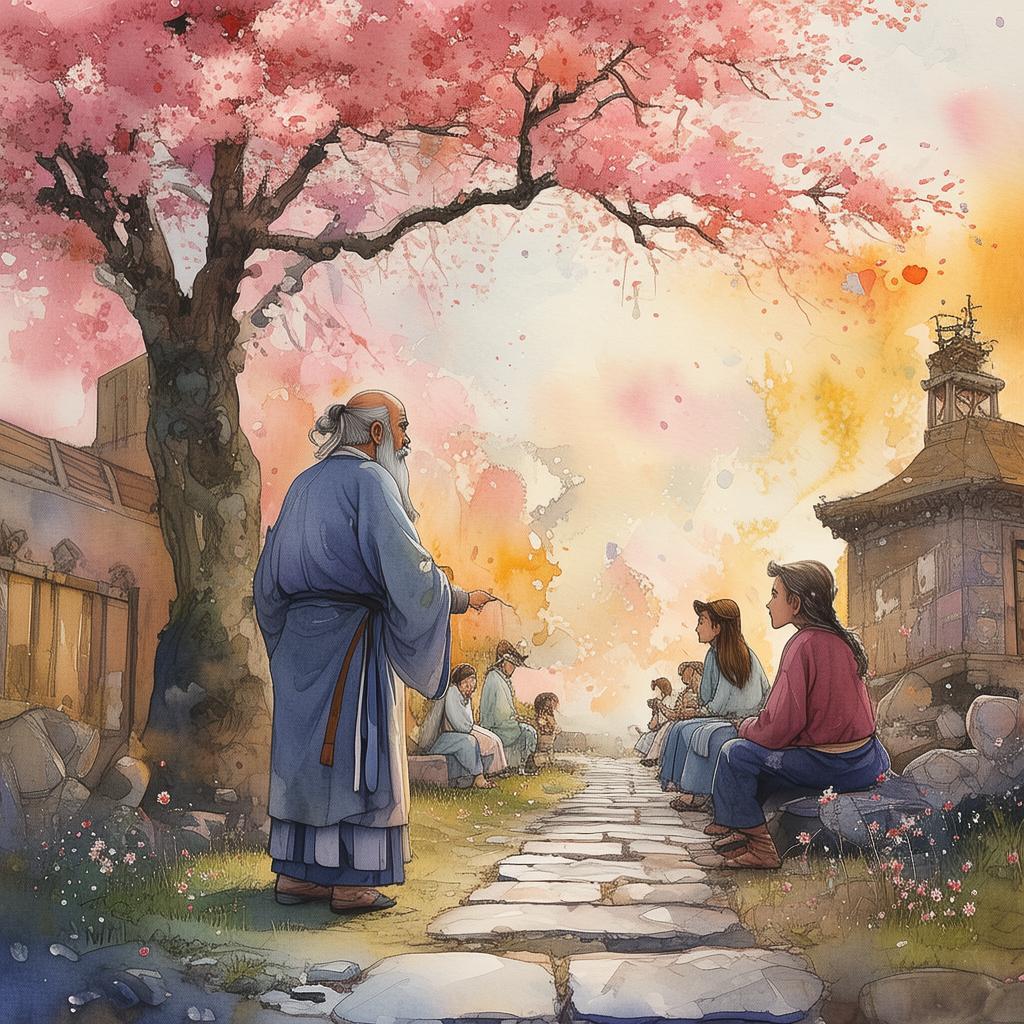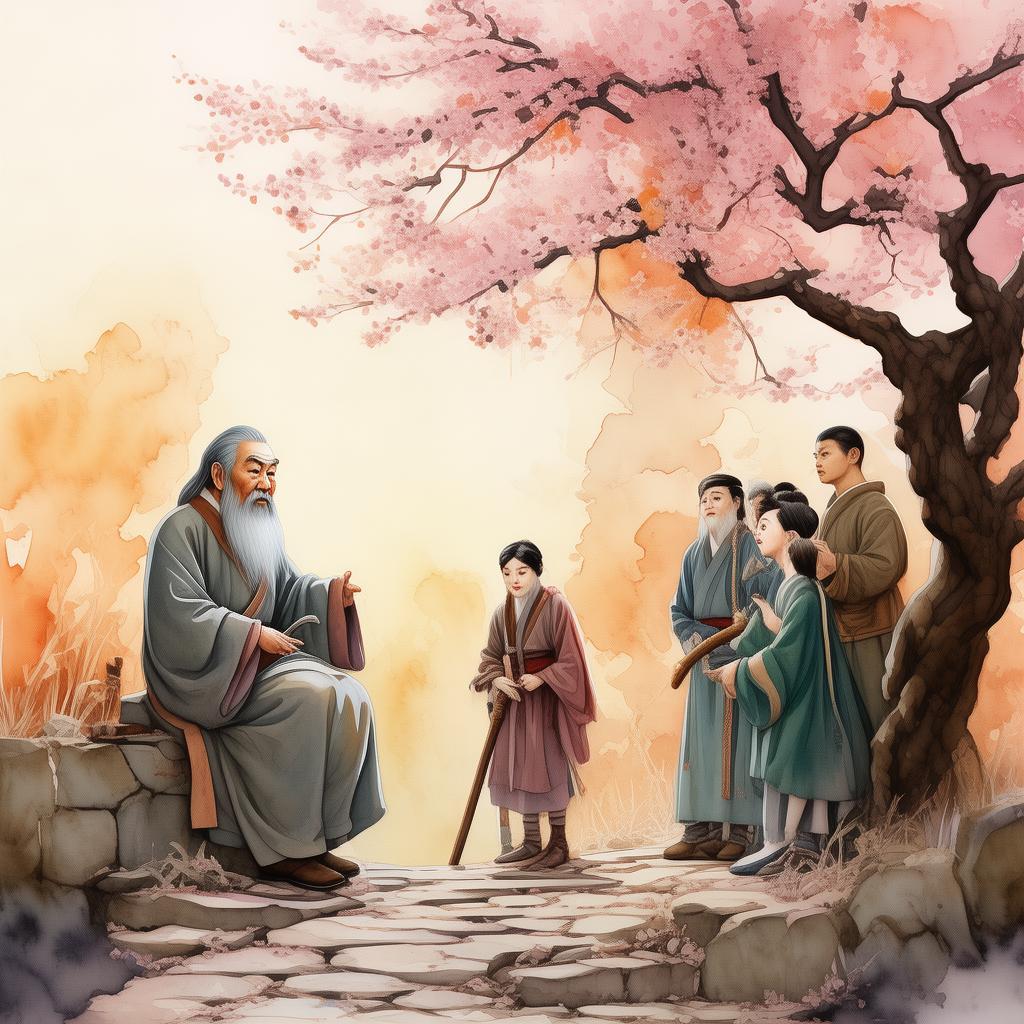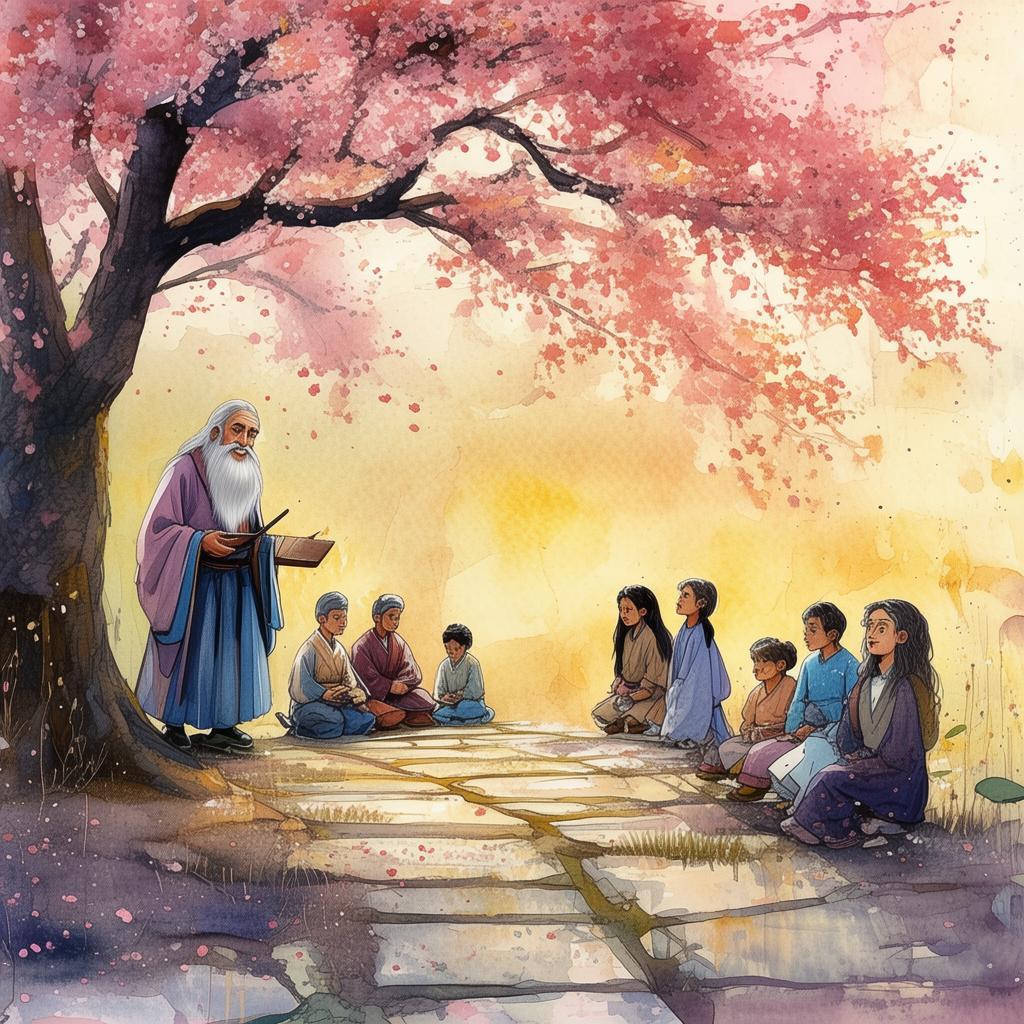Visual Harmony: The Melody of the Mind's Eye
In the heart of the bustling city of Lumina, where the skyline danced with the rhythm of skyscrapers and the streets echoed with the beat of life, there lived an artist named Elara. Her blindness was not a barrier; it was a canvas of pure sensation, a realm where the colors of the world were painted not with pigments but with the vivid brushstrokes of her imagination.
Elara had always been a dreamer, her mind's eye a vivid theater of visions that others could not see. Her parents, both artists in their own right, had nurtured her talent, teaching her that art was not just about what the eye sees but what the soul feels. They had instilled in her the belief that the tempo of the mind's eye was a rhythm that could be heard, a melody that could be danced to.
As a child, Elara would sit in the corner of her parents' studio, her fingers tracing the contours of their works, feeling the brushstrokes and the textures of the canvas. She learned to speak the language of art not through sight but through touch and sound. The paintings of her parents, with their rich colors and intricate designs, were her textbooks, her symphonies, her life.
One day, a curious visitor came to the studio. He was a renowned critic, a man who had seen and judged countless works of art. He had heard of Elara's talent and decided to visit her, eager to witness the blind artist's unique perspective.
As he entered the studio, the critic was greeted by the serene presence of Elara, who was working on a new piece. She did not look up, her fingers moving with the grace of a pianist playing a delicate melody. The critic watched, intrigued, as Elara's hands danced over the canvas, her movements a silent conversation with the colors.
"You are a rare talent," the critic finally said, breaking the silence. "How do you manage to create such beautiful works without ever seeing them?"
Elara paused, her fingers stilling. "I listen to the rhythm of the canvas," she replied. "The brushstrokes are like notes in a symphony, and the colors are the harmonies that resonate within me. When I paint, I feel the tempo of the mind's eye, and it guides my hand."
The critic was astounded. He had never encountered such a profound explanation of art. He watched as Elara finished her painting, and when she stepped back, her work was a testament to her words. The painting was a harmonious blend of colors and shapes, a visual rhythm that seemed to pulse with life.
As the critic left the studio, he could not shake the feeling that he had witnessed something truly extraordinary. He knew that Elara's story had to be shared, that her vision of the world needed to be heard.
Days turned into weeks, and Elara's story began to spread like wildfire. People came from far and wide to see her work, to listen to her speak of the tempo of the mind's eye. They were captivated by her ability to create beauty without the aid of sight, to find harmony in the rhythm of the unseen.

One of her most poignant pieces was titled "The Melody of the Mind's Eye." It was a large canvas, filled with swirling colors and abstract shapes that seemed to move and breathe. The critic, who had been instrumental in sharing Elara's story, decided to host an exhibition to showcase her work.
The opening night of the exhibition was a triumph. Elara stood before her audience, her voice filled with passion as she explained the inspiration behind her work. She spoke of the times she had felt lost in the silence of her blindness, of the moments when she had found solace in the rhythm of her inner vision.
As she spoke, the audience watched the painting, their eyes following the flow of colors, their minds imagining the melody that Elara had felt. They were moved by her story, by her resilience, and by her ability to see the world in a way that most could not.
The exhibition was a success, not just because of Elara's talent but because of the profound message it conveyed. It was a celebration of the human spirit, a reminder that the tempo of the mind's eye is a universal language, one that can be understood by all who dare to listen.
Elara's story became a beacon of hope, a testament to the power of the imagination and the resilience of the human heart. Her work continued to inspire, to provoke thought, and to evoke emotion. And as the years passed, Elara remained true to her vision, painting not just with her hands but with her soul, her mind's eye ever ready to compose the next melody in the symphony of life.
✨ Original Statement ✨
All articles published on this website (including but not limited to text, images, videos, and other content) are original or authorized for reposting and are protected by relevant laws. Without the explicit written permission of this website, no individual or organization may copy, modify, repost, or use the content for commercial purposes.
If you need to quote or cooperate, please contact this site for authorization. We reserve the right to pursue legal responsibility for any unauthorized use.
Hereby declared.









